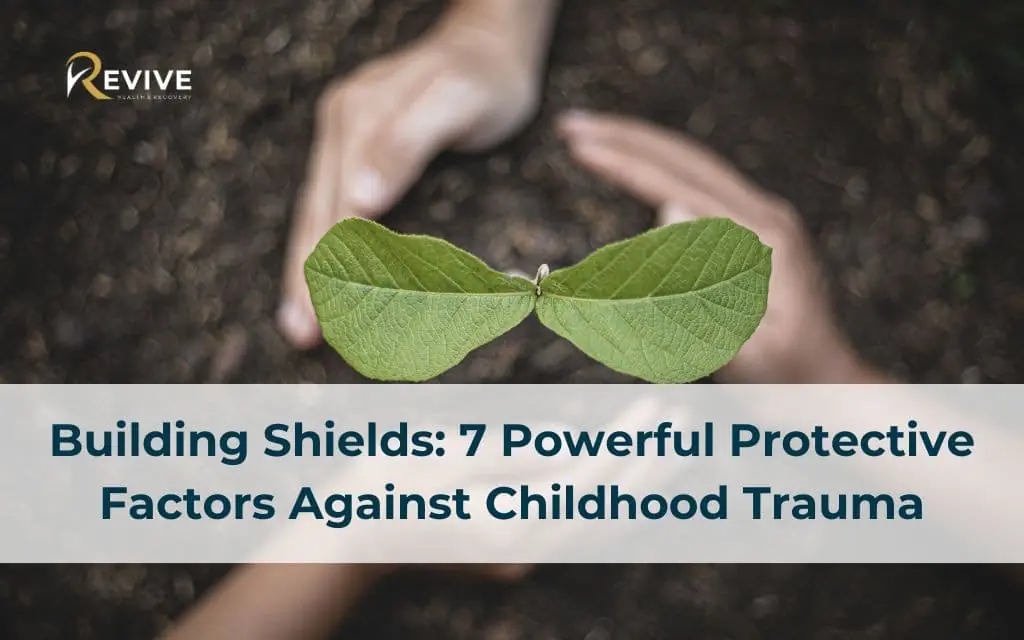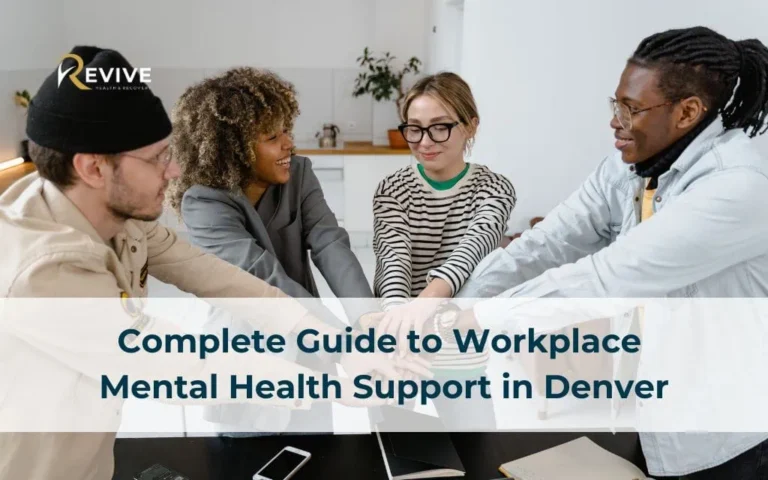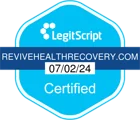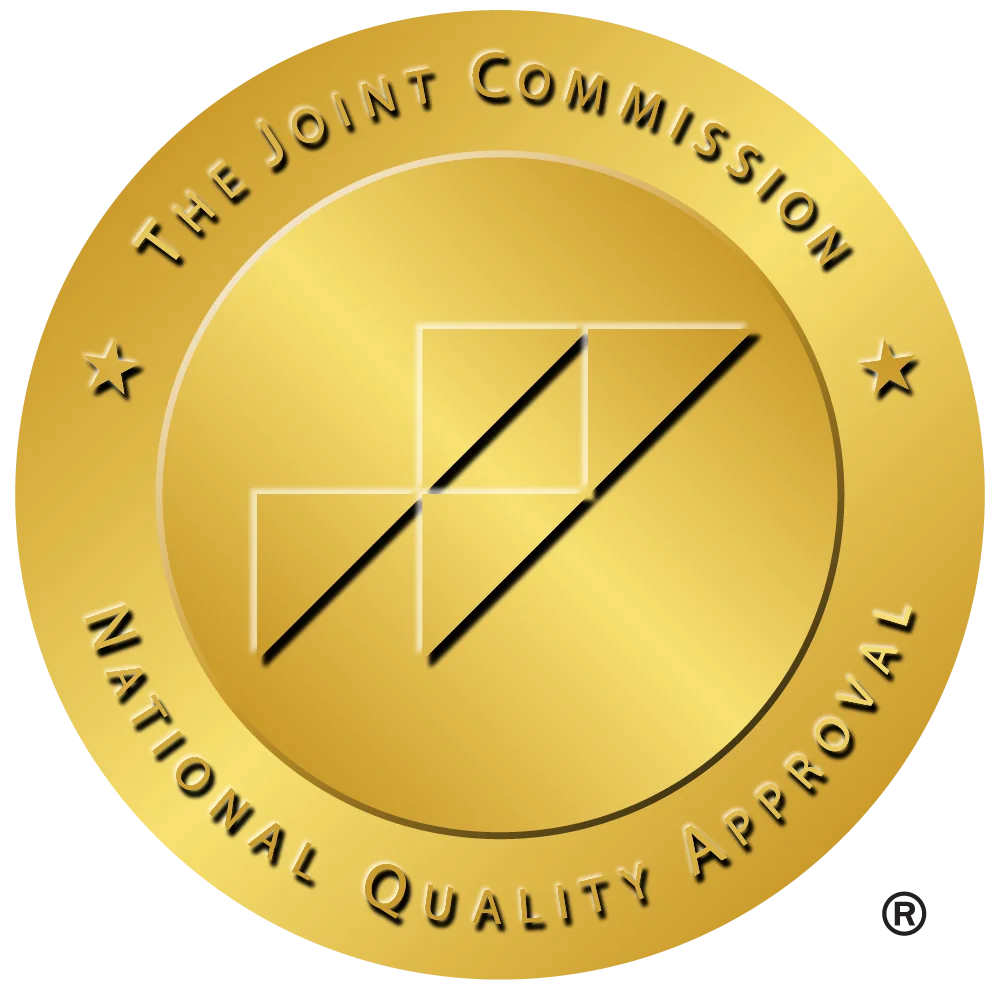Childhood trauma can have lasting impacts on a child’s development, mental health, and overall well-being. However, research has consistently shown that certain protective factors for childhood trauma can significantly mitigate these effects and help children build resilience. In Colorado, particularly Denver, understanding and fostering these protective factors is crucial for families, educators, and community members who care for children exposed to trauma.
Understanding Protective Factors in Childhood Trauma Recovery
What Are Protective Factors and Why Do They Matter?
Protective factors for childhood trauma are conditions in families and communities that, when present, increase the health and well-being of children and families. These factors serve as buffers, helping children withstand the challenges and negative effects associated with traumatic experiences. Unlike risk factors that increase the likelihood of problems, protective factors promote strength and resilience.
The science behind protective factors is compelling. Research shows that they can actually alter neural pathways affected by trauma, creating new connections that support healthy development despite adverse experiences. For example, a study on protective factors and ACEs highlights their role in mitigating long-term health outcomes.
This biological impact is particularly important during critical developmental periods in childhood.

In Colorado, childhood trauma affects thousands of children annually. According to data from the Colorado Department of Public Health and Environment, nearly 15 percent of Colorado adults experienced four or more Adverse Childhood Experiences (ACEs) during their youth. Denver-specific statistics show similar concerning trends, highlighting the urgent need for preventative approaches and early intervention.
The Relationship Between ACEs and Protective Factors
Adverse Childhood Experiences (ACEs) include various types of abuse, neglect, and household dysfunction that can negatively impact a child’s development and health outcomes. However, protective factors can counterbalance these negative experiences, preventing long-term consequences.
Understanding parenting mistakes that cause childhood trauma can help caregivers avoid contributing to these experiences.
Colorado has been at the forefront of ACEs screening initiatives, with many healthcare providers across Denver implementing regular screening protocols. What makes Colorado’s approach unique is the simultaneous assessment of protective factors alongside ACEs screening, recognizing that identifying strengths is just as important as recognizing risks.
Denver’s approach to building trauma-informed communities focuses on enhancing protective environments across multiple settings where children live, learn, and play. This comprehensive strategy aligns with research showing that layering protective factors creates the strongest buffer against childhood trauma.
Explore the CDC’s guide on risk and protective factors to understand how to mitigate these effects.
The 7 Essential Protective Factors for Children Exposed to Trauma
1. Secure Attachment Relationships
Perhaps the most fundamental protective factor is the presence of at least one stable, caring adult in a child’s life. Secure attachment relationships provide children with a safe base from which to explore the world and develop their sense of self.
For children who have experienced trauma, rebuilding trust through consistent, responsive caregiving is essential. In Denver, several evidence-based attachment interventions are available through organizations like the Child Trauma and Resilience Assessment Center. These programs help caregivers understand trauma’s impact on attachment and provide practical strategies to strengthen these vital connections.
“When children have at least one stable and committed relationship with a supportive adult, they’re more likely to develop resilience despite experiencing significant adversity,” explains Dr. Sarah Johnson, trauma specialist at Children’s Hospital Colorado.
2. Supportive Family Environments
Family resilience operates as a powerful protective shield against the effects of childhood trauma. Supportive family environments are characterized by open communication, emotional warmth, appropriate structure, and effective problem-solving.
Denver families can access numerous resources designed to strengthen family functioning after trauma. The Denver Children’s Home offers family therapy specifically focused on building protective factors within the family system. These services help families develop the skills needed to support children’s recovery from traumatic experiences.
For families needing additional support, Colorado’s Communities that Care program provides regional profiles of risk and protective factors, helping local organizations tailor their approaches to specific community needs.
3. Positive Peer Relationships
Healthy friendships and positive peer connections play a crucial role in trauma recovery. These relationships provide opportunities for social learning, emotional support, and the rebuilding of trust that may have been damaged by traumatic experiences.
Denver schools and community organizations recognize the importance of peer relationships as protective factors. Programs such as those offered by the Tennyson Center for Children help traumatized children develop social skills and form positive peer connections in safe, supportive environments.
Research has shown that positive peer relationships are particularly effective as protective factors against certain types of trauma, especially those involving social rejection or isolation.
4. Effective Schools and Educational Opportunities
Schools can serve as powerful protective environments for children who have experienced trauma. Trauma-informed educational approaches in Denver schools focus on creating safe, predictable environments while supporting students’ emotional and academic needs.
Denver Public Schools has implemented various trauma-sensitive practices, including:
- Training staff to recognize and respond appropriately to trauma symptoms
- Creating predictable routines and clear expectations
- Offering tiered support systems for students with varying needs
- Building strong school-family partnerships
These approaches help children develop a sense of safety and belonging at school, supporting both academic success and emotional well-being—key protective factors that boost resilience.
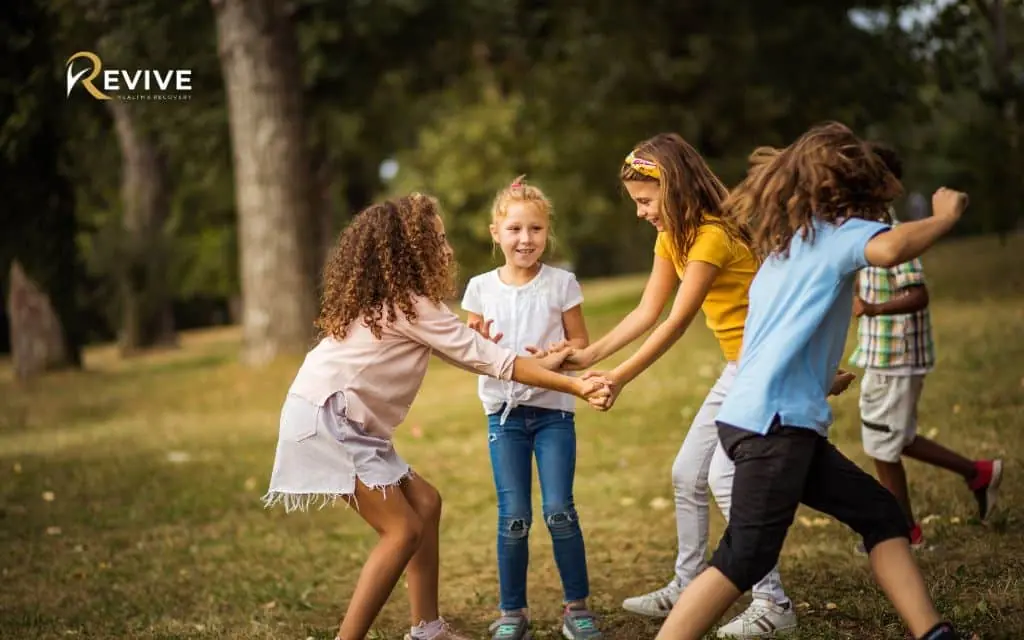
5. Safe, Stable Communities
The communities where children live significantly impact their ability to recover from trauma. Safe, stable neighborhoods with accessible resources and supportive community members provide an essential layer of protection.
Denver’s neighborhood-based initiatives work to strengthen community protective factors through various approaches:
- Community centers offering safe spaces for children and families
- Accessible mental health services integrated into community settings
- Mentoring programs connecting children with positive adult role models
- Economic support programs to reduce family stress
Colorado’s unique approach to community-based protective initiatives includes region-specific strategies that account for the different needs of urban Denver neighborhoods versus surrounding suburban or rural areas.
6. Access to Quality Mental Health Services
Professional mental health support enhances other protective factors and provides specialized assistance for children struggling to recover from trauma. Denver offers a range of trauma-focused therapies designed specifically for children and adolescents.
Evidence-based trauma treatments available in Denver include:
- Trauma-Focused Cognitive Behavioral Therapy (TF-CBT)
- Eye Movement Desensitization and Reprocessing (EMDR)
- Child-Parent Psychotherapy
- Play therapy approaches for younger children
At Revive Health Recovery, we specialize in trauma-informed care that builds upon existing protective factors while introducing new coping strategies. Our team understands that each child’s trauma experience is unique, requiring personalized approaches to treatment.
Need help finding the right trauma support for your child? Call our team at Revive Health Recovery at (303) 268-4655 to discuss your child’s specific needs and the services we offer.
7. Individual Resilience Skills and Self-Regulation
While external protective factors are crucial, internal resilience skills also play a vital role in trauma recovery. These skills include emotional regulation, problem-solving abilities, self-efficacy, and a positive outlook.
Learn more about building resilience in children from Harvard’s Center on the Developing Child.
The neurobiological impact of these skills is significant. When children learn to regulate their emotions and responses to stress, they actually change the way their brains process traumatic memories and respond to triggers. This creates lasting resilience that serves them throughout life.
Age-appropriate approaches to developing self-regulation vary:
- For young children: Play-based activities that teach emotion identification and simple calming techniques
- For school-age children: Mindfulness practices and structured problem-solving approaches
- For adolescents: More complex coping strategies and identity development work
For further details on implementing these factors, explore resources from the Child Welfare Information Gateway.
How Protective Factors Work in Colorado Communities
Denver’s Approach to Trauma-Informed Care
Denver has developed a comprehensive approach to trauma-informed care that coordinates services across multiple systems: healthcare, education, child welfare, juvenile justice, and community support organizations.
Learn more about strategies to prevent trauma to further support these efforts.
What makes Denver’s model particularly effective is its emphasis on protective factors at every level of intervention. From prevention programs to intensive treatment services, the focus remains on building strengths rather than just addressing problems.
The Center for Trauma & Resilience in Denver exemplifies this approach, offering services that not only address trauma symptoms but actively build protective factors through peer support groups, trauma-responsive yoga, and community-based healing practices—all at no cost to participants.
Rural vs. Urban Protective Factors in Colorado
The expression and availability of protective factors vary significantly across Colorado’s diverse regions. While Denver residents benefit from numerous accessible services, rural communities often rely more heavily on natural support networks and community connections.
Urban Denver families may access specialized trauma services through major healthcare systems, while rural families might connect with resources through schools, churches, or telehealth options that have expanded significantly in recent years.
Colorado’s statewide initiatives acknowledge these differences, providing flexible frameworks that can be adapted to local contexts while maintaining fidelity to core principles of trauma-informed care and protective factor enhancement.
Colorado’s Innovative Programs Building Protective Environments
Colorado has pioneered several innovative initiatives that specifically target the development of protective factors for children who have experienced trauma.
The Supporting Trauma Awareness and Nurturing Children’s Education (STANCE) project represents one such innovation. This multi-level, multi-generational initiative works to interrupt the cycle of adverse childhood experiences by promoting protective factors across family and community systems.
Another notable program is the Colorado Child Trauma and Resilience Assessment Center, which provides comprehensive assessments focused not just on trauma impacts but on identifying existing protective factors that can be leveraged in treatment planning.
These programs demonstrate Colorado’s commitment to advancing trauma-informed approaches that emphasize strength and resilience rather than pathology.
Practical Ways to Build Protective Factors for Your Child
Strengthening Family Bonds After Trauma
Families play a central role in fostering resilience after trauma. Here are specific strategies for strengthening these vital protective bonds:
- Create predictable routines that help children feel safe and secure
- Practice active listening to validate children’s feelings and experiences
- Engage in positive activities together to build pleasant memories and connections
- Establish appropriate boundaries that provide structure while respecting autonomy
- Model healthy emotional expression and coping strategies
Family therapy can be an invaluable resource for families struggling to rebuild connections after trauma. At Revive Health Recovery, our family-centered approach helps strengthen these protective bonds while addressing trauma impacts. Contact us at (303) 268-4655 to learn more about our family therapy options.
Connecting with Community Support Systems
Building a network of support is essential for families dealing with childhood trauma. Denver offers numerous resources to help:
- School-based support services through Denver Public Schools
- Community mental health centers with sliding-scale services
- Support groups for parents and children affected by trauma
- Recreational programs that build skills and positive connections
- Faith-based organizations offering community and spiritual support
Navigating these resources can feel overwhelming. Our team at Revive Health Recovery can help you identify and connect with the most appropriate supports for your family’s specific needs. We understand Denver’s resource landscape and can provide guidance on accessing the right services.
Teaching Resilience Skills at Home
Parents and caregivers can foster protective factors by helping children develop resilience skills through everyday interactions:
For preschoolers:
- Name emotions during play and daily activities
- Practice simple breathing exercises together
- Create safe spaces for expressing big feelings
For elementary-age children:
- Teach problem-solving steps for everyday challenges
- Encourage healthy risk-taking and learning from mistakes
- Help identify and build on personal strengths
For adolescents:
- Support healthy identity exploration
- Discuss stress management techniques
- Encourage meaningful community involvement
Remember that building resilience is an ongoing process, not a one-time intervention. Consistent, supportive interactions over time create the strongest protective shield against trauma’s effects.
When to Seek Professional Help for Childhood Trauma
Recognizing Signs That Require Intervention
While protective factors can significantly mitigate trauma effects, professional help is sometimes necessary. Watch for these warning signs that indicate a need for additional support:
- Persistent nightmares or sleep disturbances
- Withdrawal from previously enjoyed activities
- Significant changes in behavior or personality
- Regression to earlier developmental behaviors
- Intense emotional responses to minor triggers
- Academic decline or school refusal
- Expressions of hopelessness or suicidal thoughts
If you notice these signs, reaching out for professional help is an important step in supporting your child’s recovery. Early intervention can prevent more serious problems from developing.
Evidence-Based Trauma Treatments in Colorado
Denver offers several evidence-based treatments specifically designed for childhood trauma:
- Trauma-Focused Cognitive Behavioral Therapy (TF-CBT): Helps children process traumatic memories and develop coping skills
- Child-Parent Psychotherapy: Strengthens attachment relationships for younger children
- EMDR Therapy: Uses bilateral stimulation to help process traumatic memories
- Play Therapy: Allows younger children to express and process trauma through play
At Revive Health Recovery, we specialize in trauma-focused therapies that are proven to enhance protective factors while addressing trauma symptoms. Our approach is personalized to each child’s unique needs, developmental stage, and cultural background.

Finding the Right Support in Denver
When seeking professional help, consider asking potential providers:
- What specific training do you have in childhood trauma?
- Which evidence-based approaches do you use?
- How do you involve families in the treatment process?
- How do you measure progress and outcomes?
For Colorado families, insurance coverage for trauma treatment varies widely. Rather than listing specific prices, we encourage you to contact Revive Health Recovery directly at (303) 268-4655 to discuss your insurance coverage and explore available options. Our team is committed to making quality trauma care accessible to Denver families.
FAQs About Protective Factors for Childhood Trauma
How early can protective factors be established, and is it ever too late to develop them?
Protective factors can begin developing from birth through responsive caregiving, but it’s never too late to introduce them. The brain remains plastic throughout life, allowing for new protective factors to be established at any age. Whether working with toddlers or teenagers, Revive Health Recovery’s approach recognizes this developmental plasticity and tailors interventions accordingly for optimal outcomes for Denver youth.
What role do cultural and community factors play in building resilience for Colorado children?
Cultural connections and community belonging are powerful protective factors that should be recognized and strengthened in trauma recovery. Denver’s diverse communities offer rich cultural resources that can be leveraged in healing. Revive Health Recovery embraces culturally responsive approaches that honor each family’s unique background and community connections as vital protective factors.
How can schools in Denver become better protective environments for traumatized children?
Schools can implement trauma-informed practices including staff training, predictable routines, relationship-building activities, and multi-tiered support systems. Denver schools partnering with mental health providers like Revive Health Recovery can create stronger protective environments through consultation, staff development, and coordinated care approaches that support children across settings.
What are the most effective protective factors for different types of childhood trauma?
Research shows that different types of trauma may benefit from emphasis on specific protective factors. For instance, children who have experienced community violence often benefit most from strong school connections and community supports, while those who have experienced family trauma may need more emphasis on rebuilding secure attachments. Revive Health Recovery specializes in matching protective factor interventions to specific trauma types, providing the most effective path to healing for Denver children.
How do protective factors differ from resilience in children who have experienced trauma?
Protective factors are the specific conditions or attributes that help buffer against trauma effects, while resilience is the outcome of these factors working together. Think of protective factors as the ingredients and resilience as the final dish. In Denver, Revive Health Recovery offers comprehensive assessments that identify both existing protective factors and areas where additional support might strengthen a child’s overall resilience.
How Revive Health Recovery Supports Trauma Recovery Through Protective Factors
At Revive Health Recovery, we understand that effective trauma treatment doesn’t just address symptoms—it actively builds protective factors that foster long-term resilience. Our trauma-informed approach is comprehensive, evidence-based, and specifically designed to meet the needs of Denver families affected by childhood trauma.
Our services include:
- Comprehensive trauma assessments that identify both challenges and strengths
- Individual therapy utilizing evidence-based trauma interventions
- Family therapy to strengthen vital attachment relationships
- Group therapy options that build positive peer connections
- Coordination with schools and other community resources
We believe in a personalized approach that recognizes each child’s unique experiences, cultural background, and existing protective factors. Our goal is not just symptom reduction but helping children and families thrive after trauma.
If you’re concerned about a child who has experienced trauma, we’re here to help. Contact Revive Health Recovery at (303) 268-4655 to schedule a consultation or visit our website at revivehealthrecovery.com to learn more about our services.
Building protective factors is one of the most powerful ways to help children recover from trauma. With the right support, children can develop the resilience they need to not just survive adversity but grow stronger through it. Let us be part of your child’s journey toward healing and resilience.
